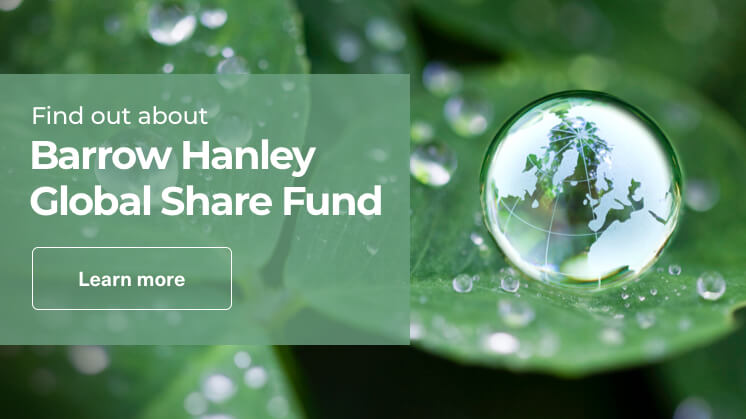
It’s an age-old question: value verse growth investing. But the answer in 2023 appears clearer than it has been for many years.
Value investing is where we see the greatest opportunities.
That’s according to James Carpenter, Director, Client Portfolio Manager at Barrow Hanley.
“Until a couple of years ago, not only was there a ten-year growth cycle, but it was also an unprecedented growth cycle and it was maintained because there was plenty of easy money – low inflation, low rates, money sloshing around,” Carpenter says.
“But you’ve got a completely different environment right now. It’s an environment in which those long duration growth assets are up against higher interest rates and cash flow projections are not looking as attractive. But near-term cash flows are looking much better which typically favours value stocks.”
Carpenter compares 2023 with 2020. In the first five months of 2020, value underperformed growth investing by 24 per cent, according to the MSCI World Value and Growth indices. In the first five months of this year, it underperformed by up to 23 per cent.
The value cycle that ran from mid-2020 to 2022 was interrupted in the first two quarters of this year with a short-lived return to growth leadership. That interruption has now provided investors with similar valuation conditions as early 2020.
“So if you think you missed the value cycle that we saw from the end of 2020 through to 2022, you are getting a second bite of the apple. The spread* between value and growth stocks on a valuation basis is nearly at a 20 year high with 2020 being the only period that was higher.”
There is another factor working against growth stocks: concentration of assets. The surge in the share prices of large US technology companies this year means growth indices are very concentrated.
“If you truly think Apple will go from a market capitalisation of $US3 trillion to $US6 trillion and be worth more than the value of several European countries combined, well maybe you would want to own Apple rather than anything in Europe.
“That sort of concentration is unlikely to last. It takes a long time to unwind, but it typically does unwind eventually,” Carpenter says. “Right now, we are at historical extremes in concentration and spreads.”
In every investment strategy there are risks. One risk to value, according to Carpenter, is that central banks go back to very easy monetary policy.
“We believe it is highly unlikely because it will likely cause inflation to push meaningfully higher which central bankers are fearful of as 1970’s inflation challenges are not far from their minds,” he says. The recurring nature of inflation in the 1970's is attributed to central banks lowering rates too quickly after inflation began to decline, which caused two more spikes during the decade.
Another risk is a recession in the US and other major economies.
“That could trigger a flight to safety, toward steady growers. But that could well end up favouring value stocks because investors will start looking for where they get better multiples in the market. “
Find out more about Barrow Hanley.
* Measurement: World Value NTM P/E divided by World Growth NTM P/E.


